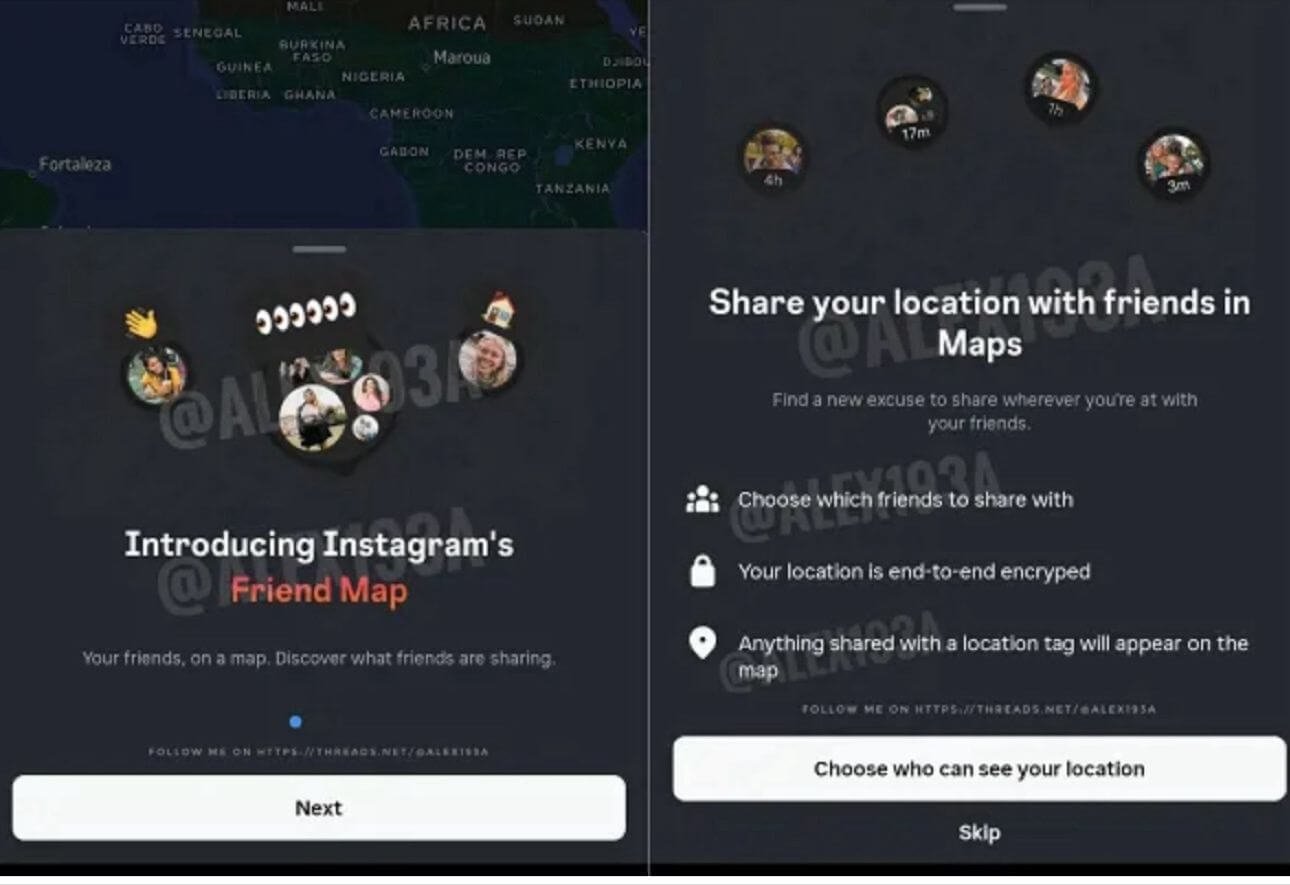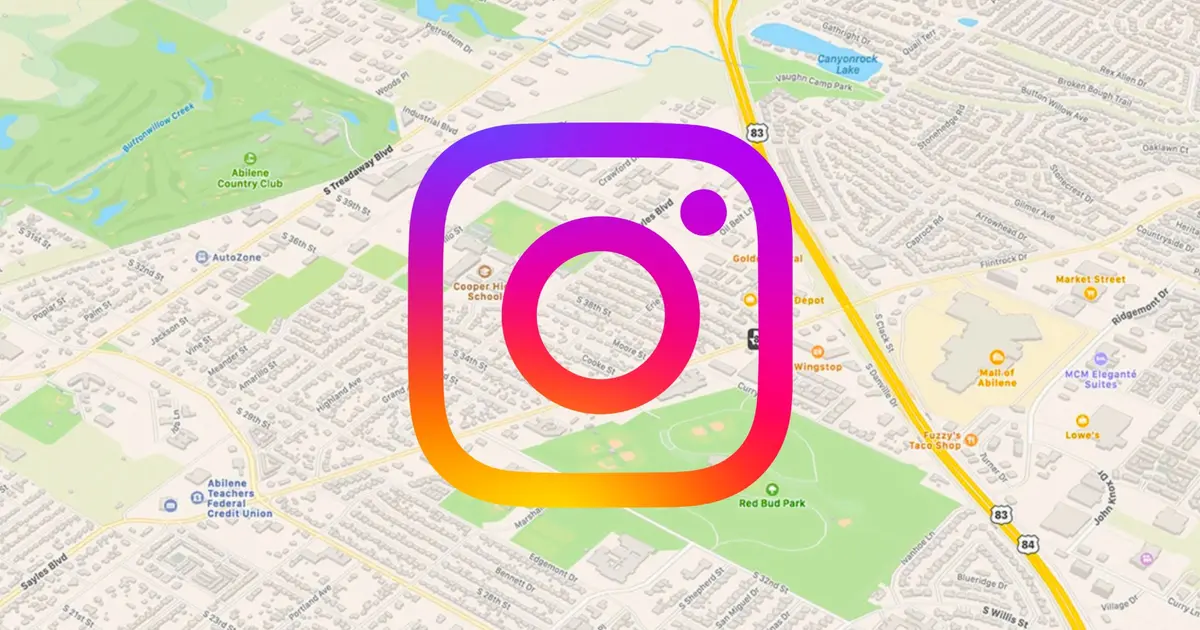AI tools have become essential in today’s digital world. Among the popular AI tools, Open AI always has something to create a spectacle with its innovation. They have recently unveiled their new creation, Sora, following in the footsteps of renowned tech giants like Google and Meta. This creation is said to be much more futuristic, serving as a model capable of generating video content via text. Such a revelation has already caused a stir among the masses, making it highly anticipated. Let’s dive deeper into the realm of Sora and how it can gain traction and prove to be a leverage over other apps.

Delving into the untapped potential of Sora: How it can revolutionize the Open AI realm?
Open AI, an AI-generative platform, recently introduced its innovation, Sora, placing them on par with Meta and Google. Speculated to generate video content from text, Sora has been made available to a small subset, primarily researchers and creatives, for testing purposes. This limited rollout aims to gather feedback and refine the platform before wider availability. It is named after the Japanese word “sky”, reportedly chosen by researchers including Tim Brooks and Bill Peebles, as they felt it “evokes the idea of unlimited creative potential”.
CEO of Open AI, Sam Altman, has already started sharing videos generated via prompts on X. It has been observed that Sora can generate photorealistic and aesthetically appealing results, producing longer clips than usual snippets.
For instance, a video of wooly mammoths traversing a snowy meadow was generated by Sora, showcasing realistic graphics of mammoths against an icy mountainous landscape. Sora is capable of producing videos up to 1920×1080 and 1080×1920, including cinematic videos shot on 35mm, with the ability to add effects, lighting, and camera angles.
It analyzes text prompts, extracts relevant keywords such as mood, location, and action, then matches videos from its dataset and blends them together to create a new video.

All that glitters is not gold – Sora might have some pitfalls
The futuristic features have gravitated many, serving as another opportunity to convey complex ideas, it has also induced some deep-seated fears due to its automated nature. Many have expressed concerns that it might be serve as a viable method for spreading false information, promoting bias or creating morphed imagery, akin to Deep fake technology. Furthermore, there are apprehensions that it might undermine the potential of filmmakers and videographers by becoming the most approachable means of creating aesthetic and cinematic shots videos. Therefore, Open AI is being actively working to mitigate the underlying risks. One the research scientists, Tim Peebles has stated, “We’re going to be very careful about all the safety implications for this”.

Exploring the Bright Side: Benefits of Integrating Sora
Undeniably, Sora has the potential to translate complex ideas into compelling videos. Moreover, it can empower individuals in the creative realm to enhance their visuals, modify videos, and create captivating content tailored to viewers’ interests and preferences. Additionally, it can facilitate the creation of engaging educational videos from text summaries, covering scientific concepts, historical events, or cultural phenomena. Overall, Sora has the capability to enhance media content significantly. Open AI aims to address various challenges through innovation. The headquarters of Open AI stated, “We’re teaching AI to understand and simulate the physical world in motion, with the goal of training models that help people solve problems requiring real-world interaction.”
Conclusion:
Open AI’s newest innovation, Sora, has been making waves with its trailblazing feature; generating video from text. It’s touted as an initiative to elevate visualization, storytelling, and enhance video content, particularly for educational purposes. However, concerns linger regarding its potential misuse. Given its self-learning capabilities, there are apprehensions about its susceptibility to propagate misinformation or manipulate content, akin to the risks associated with Deepfakes. Consequently, its availability remains restricted primarily to researchers. Yet, one cannot underestimate its potential to become an indispensable tool in the future of AI-driven innovation.




